Aztec pottery offers insights into their beliefs, way of life, and creative expression, providing an inside look into their complex culture. With its intricate designs and symbolic elements, each item narrates the tale of a long-gone civilization.
Discover the secrets of ancient Aztec pottery, a wealth of creativity. This age-old custom has a lasting history that has attracted both scientists and fans over the years. Discover the unexplained charm of Aztec pottery as we offer a comprehensive guide to comprehending its importance, meaning, and unmatched beauty.
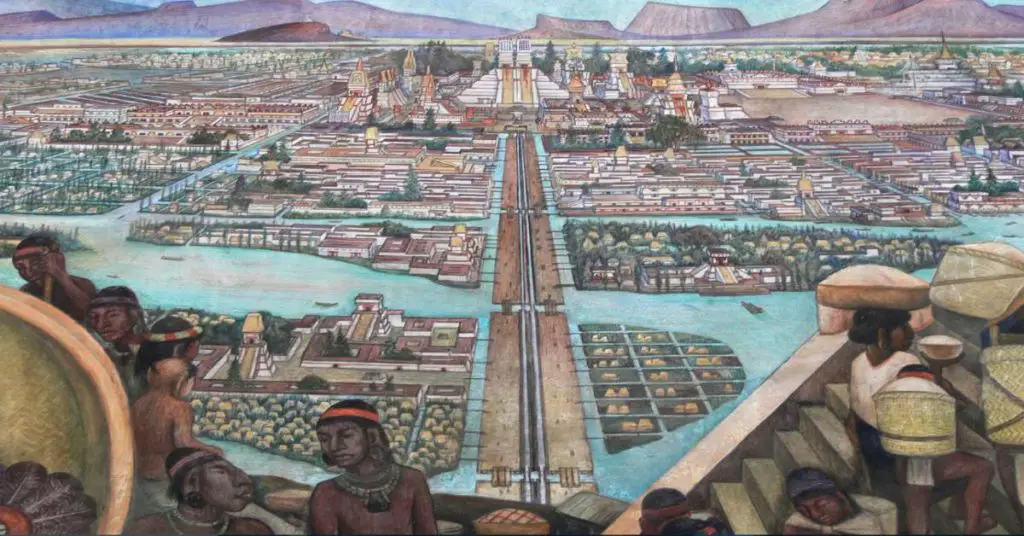
HOW DID THE ANCIENT AZTECS MAKE POTTERY?
Aztec Pottery allows for greater creativity and expressive shapes compared to wheel throwing.
Techniques For Making Pottery
Handbuilding techniques in pottery involve working with clay using primarily your hands and minimal tools. Coil building is a traditional hand-building method that involves rolling out long, snake-like coils of clay and layering them to create the desired form.
Various types of tools are used in handbuilding, such as wooden modeling tools for shaping and smoothing the surface, metal ribbons for refining edges, and sponges for adding finishing touches.
These rudimentary tools may seem basic but are essential in achieving precision and detail in handbuilt pottery.
Clay
Both earthenware and stoneware, which are made from clay that is obtained from riverbeds, have a long history and an incomparable attraction. When these raw materials are heated to extreme temperatures, a wonderful transformation takes place: their initial earthy colors become a delicate white, representing the magic of fire and clay.
This procedure gives the pottery a timeless charm that passes fads and trends, in addition to giving it solidity. Earthenware and stoneware, which include everything from essential cookware to decorative pieces, are a continual reminder of our inherent connection to the natural world and contain the essence of creation itself.
The way that clay from river extraction is transformed into amazing works of stoneware art shows how nature is flexible and powerful in supplying materials that inspire human creativity.

How Did The Aztecs Fire Their Pottery?
Pit Fires
The Mexica potters of historic Mexico were deeply devoted to their art since it was an integral part of their everyday existence and religious ceremonies. Making pottery was an act that had spiritual meaning in addition to being a way to create practical containers.
The Mexica potters used pit fires to fire their clay works of art. To start a pit fire, they would carefully arrange the unfired pottery around a bonfire, cover it with wood, leaves, and straw, and then light the fire.
They were able to fire their pottery using this technique without the need for a kiln, demonstrating their creativity and originality in using the elements of nature to turn the ground into everlasting works of art.
Kilns
Discover the world of the Mexican archaeologists who study costly constructions to try to unravel the secrets of past civilizations. The remains of production facilities, where advanced techniques were used to manufacture beautiful ceramics and other crafts, are among the most interesting discoveries.
The finding of kilns captured the interest of researchers in particular because it provides a window into the process of employing heat to transform basic materials into valuable items. In these old manufacturing facilities, the significance of managing heat to manufacture expensive goods is huge.
Because kilns made it possible for artists to achieve the high temperatures needed for welding and ceramic firing, these ancient works of art stood out from the competitors due to their accuracy and durability.
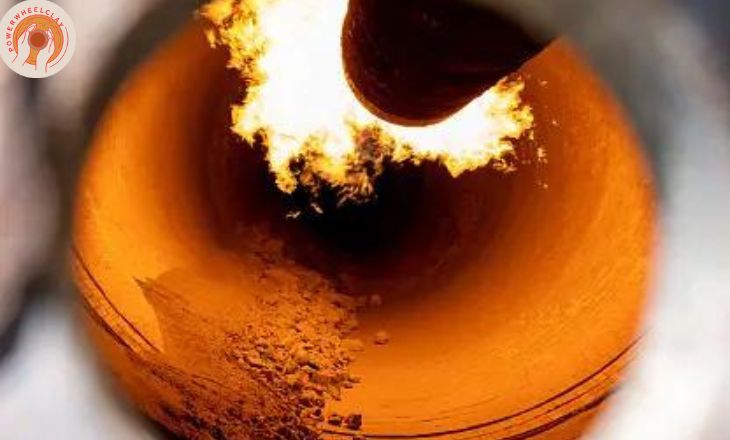
What was Aztec Pottery Commonly Used For?
The majority of Aztec ceramics were used for practical purposes, such as cooking, storing food and water, and ceremonial purposes. The intricate designs found in Aztec ceramics were a reflection of the people’s spiritual lives.
Every item had a detailed design with symbolic patterns that spoke for customs and religious beliefs. These pots also played an important part in Aztec culture since they were frequently utilized in a variety of ceremonies and rituals.
Aztec ceramics are also used as musical instruments. During rites and rituals, certain containers were made to make noises when struck or blown into, which gave these elaborate pieces of art an additional practical element.
This dual use highlights the diverse functions of Aztec pottery. The combination of practicality, creative expression, spirituality, and music in Aztec ceramics shows the richness and complexity of the material culture of this ancient society.
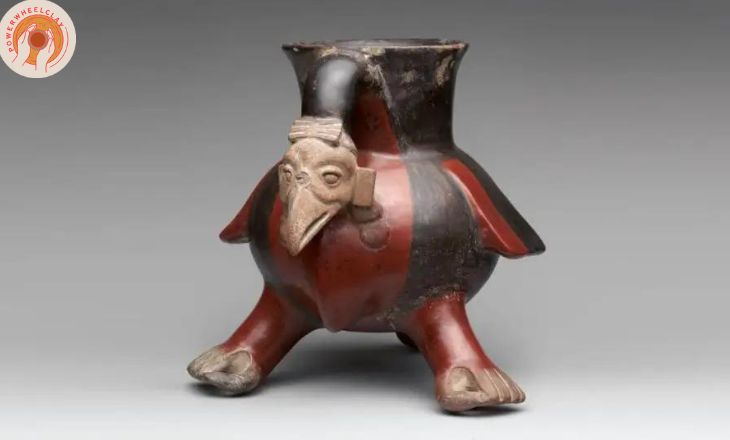
Popular Designs And Styles
Redwares
Earthenware clay has been used for centuries to create stunning pottery, and one notable example is the Cholula pottery. Known for its beautiful red color and intricate designs, Cholula pottery showcases the skilled craftsmanship of ancient artisans.
These works of art are made more attractive by the use of polychrome lacquer ceramics, which have intricate designs and vibrant colors. These well-liked patterns and styles remain popular, attracting art lovers with their traditional beauty.
When combined, these many styles of earthenware clay craftsmanship provide an exciting look into the beauty and variety of historic ceramic traditions.
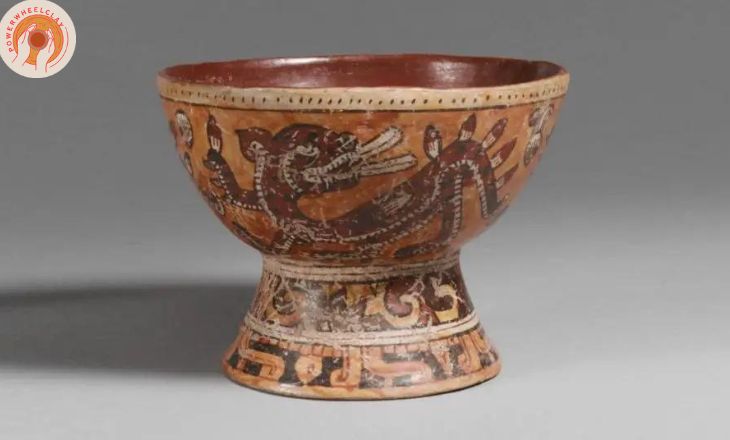
Whitewares
White ceramics have a calming, airy look that is attractive after firing. The strong visual effect of the black-on-white pottery’s deep hues contrasted with its stark white background captivates the viewer’s attention.
Using natural and mineral colors gives white ceramics an organic, earthy feel, highlighting the works’ innate depth and richness. Polishing gives the pottery minute elements that give it character and highlight the careful artistry that goes into it.
Examining the artistic benefits of black-on-white ceramics, one can see how this method crosses cultural barriers, suggesting old customs while also holding value in modern contexts.
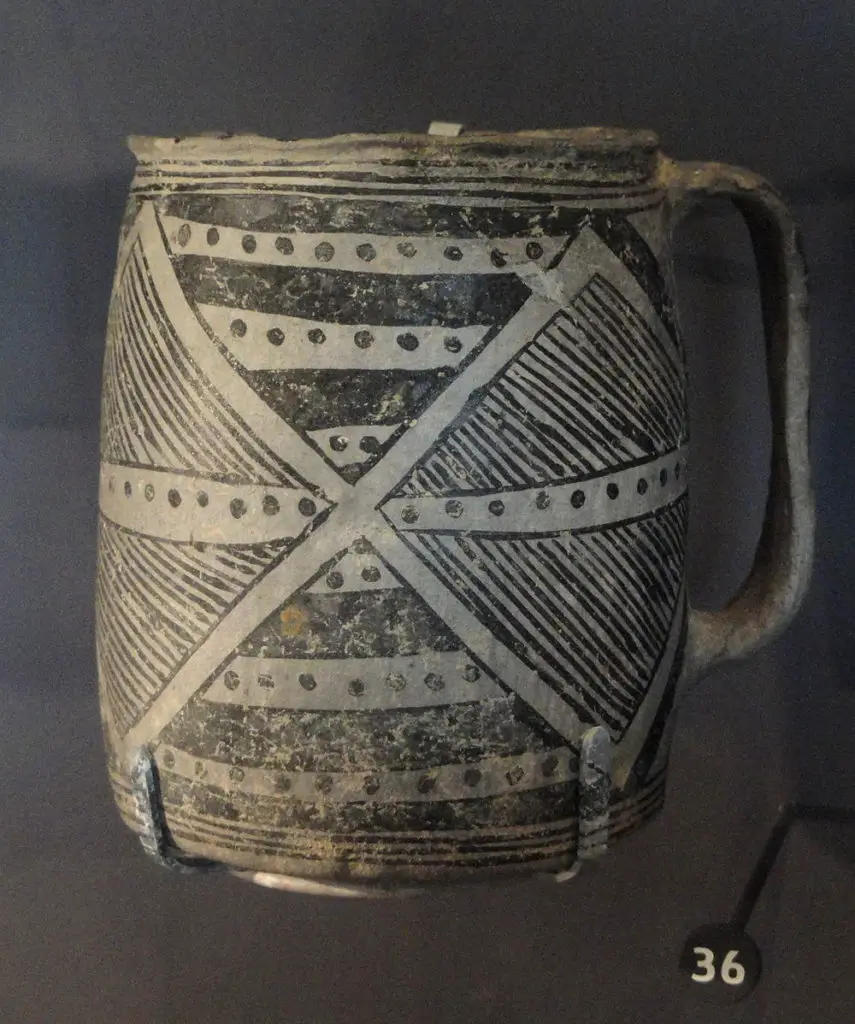
A BRIEF HISTORICAL AND CULTURAL EXAMINATION OF THE AZTEC PEOPLE
Around 1500 years ago, the Aztec empire emerged as a powerful Mesoamerican civilization, with its roots traced back to Aztlan, a mythical place of origin. The empire eventually settled in modern-day California and established the capital city of Tenochtitlan.
The Aztecs were an agrarian people who cultivated maize, beans, and squash using advanced irrigation techniques. Their society was organized around a complex system of social classes and religious beliefs that included human sacrifice as part of their spiritual practices.
As time passed, the Aztec empire faced significant challenges from neighboring tribes and European conquests. Today, remnants of their culture can be found in various parts of Mexico City and central Guatemala.
Their sophisticated calendar system, architectural achievements like pyramids and temples, as well as intricate artwork, remain testaments to their enduring impact on history.
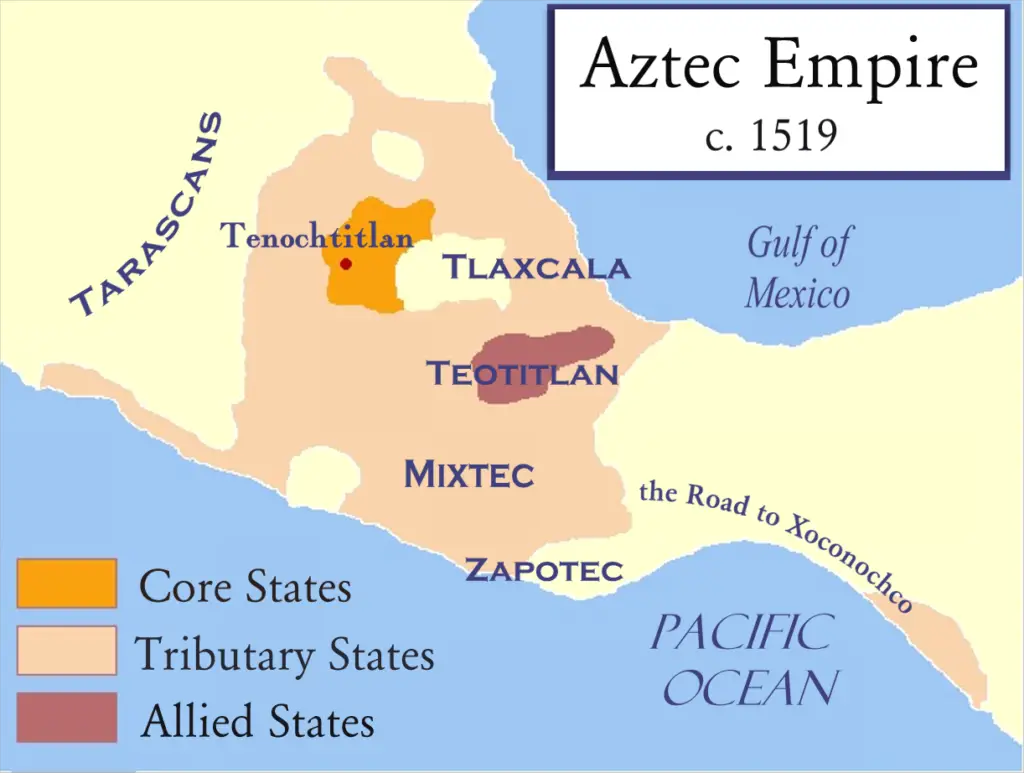
Conclusion
Ancient Aztec pottery provides a fascinating glimpse into the rich cultural and artistic heritage of the Aztec civilization. The intricate designs, vibrant colors, and functional use of the pottery reflect the creativity and craftsmanship of the Aztec people.
By studying and appreciating these artifacts, we can gain a deeper understanding of their daily lives, religious practices, and artistic traditions. Preserving and protecting these valuable pieces of history for future generations to learn from and admire is important.
Let’s continue to explore and celebrate the beauty and significance of ancient Aztec pottery as a window into the past.
